-
Courses

Courses
Choosing a course is one of the most important decisions you'll ever make! View our courses and see what our students and lecturers have to say about the courses you are interested in at the links below.
-
University Life
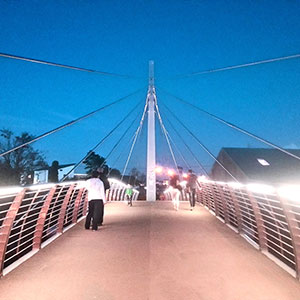
University Life
Each year more than 4,000 choose University of Galway as their University of choice. Find out what life at University of Galway is all about here.
-
About University of Galway
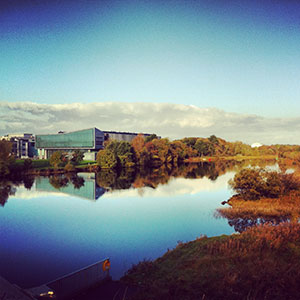
About University of Galway
Since 1845, University of Galway has been sharing the highest quality teaching and research with Ireland and the world. Find out what makes our University so special – from our distinguished history to the latest news and campus developments.
-
Colleges & Schools
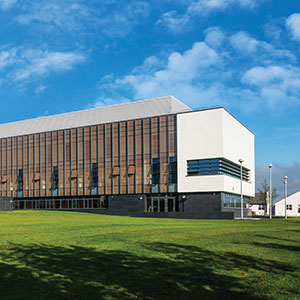
Colleges & Schools
University of Galway has earned international recognition as a research-led university with a commitment to top quality teaching across a range of key areas of expertise.
-
Research & Innovation

Research & Innovation
University of Galway’s vibrant research community take on some of the most pressing challenges of our times.
-
Business & Industry
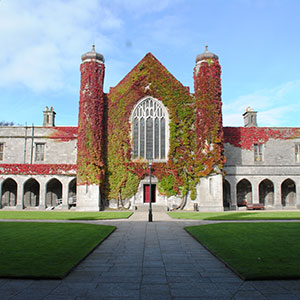
Guiding Breakthrough Research at University of Galway
We explore and facilitate commercial opportunities for the research community at University of Galway, as well as facilitating industry partnership.
-
Alumni & Friends
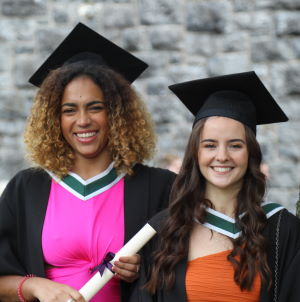
Alumni & Friends
There are 128,000 University of Galway alumni worldwide. Stay connected to your alumni community! Join our social networks and update your details online.
-
Community Engagement
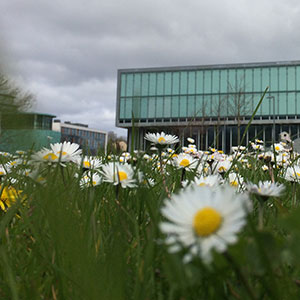
Community Engagement
At University of Galway, we believe that the best learning takes place when you apply what you learn in a real world context. That's why many of our courses include work placements or community projects.
News
School of Psychology researchers hold seminar at the Sustainable Energy Authority of Ireland (SEAI)
The transition to renewable energy represents one of the most significant transformations in our global infrastructure, but its success hinges on more than just technological innovation—it requires social acceptance. On Wednesday the 26th of February, at the Sustainable Energy Authority of Ireland, Dr. Denis O'Hora and Dr Santiago Garcia-Guerrero of the School of Psychology and the WindSense team organised the final seminar of their Research Ireland project "WindSense: Developing Wind Turbine Noise Annoyance Maps for Ireland".
Wind energy development in Ireland faces a familiar paradox: while broad public support exists for renewable energy in principle, specific projects often encounter resistance. Wind turbine noise (WTN) remains a particularly contentious issue, historically approached through technical standards that fail to capture the human experience. A New Framework The WindSense team, led by Dr. Denis O'Hora of the School of Psychology and Dr. Eoin King from the School of Engineering , has developed an integrated framework that combines psychology, acoustics, and community engagement to predict and address noise annoyance more effectively.
Five Key Insights The seminar presented five critical insights that collectively point toward a more nuanced approach:
- Behavior vs. Self-Prediction Gap Dr. Pete Lunn of the Economic and Social Research Institute demonstrated that behavioral experiments reveal significant disparities between how people predict they will respond to wind turbine noise and their actual reactions. This finding underscores the importance of evidence-based approaches rather than relying solely on stakeholder consultations.
- Temporal Dynamics of Annoyance Research presented by Lars Sommer Søndergaard of FORCE Technology utilized experience sampling methods to show that noise annoyance fluctuates substantially over time and under different conditions. This challenges the current static measurement paradigm and suggests the need for more sophisticated temporal data collection.
- The Planning Process Effect Perhaps most significantly, Florian Müller of Hamburg Medical School presented evidence that the planning process itself significantly impacts reported noise annoyance. His research indicates that communities that feel marginalized or excluded from decision-making report higher annoyance levels even when acoustic parameters are identical—suggesting that engagement strategies are as important as technical solutions.
- Perceptual Factors Beyond Decibels Work led by Dr Santiago Garcia-Guerrero of the School of Psychology demonstrated that perceived loudness—distinct from standard sound pressure measurements—more reliably predicts annoyance. This finding shifts the assessment focus from what engineers can easily measure to what residents actually experience.
- Predictive Mapping Dr Eoin King presented research led by Manish Manohare at University of Galway on developing "annoyance maps" that incorporate these human factors. These maps promise to transform planning by enabling more accurate predictions of community responses before turbines are installed.
Implications for Stakeholders The seminar, which attracted a diverse audience of researchers, policy-makers, community members, and wind farm developers, fostered productive dialogue about creating more human-centric guidance for wind energy development.
Press Office
+353 (0) 91 493361
Follow @nuigalwaypress



















